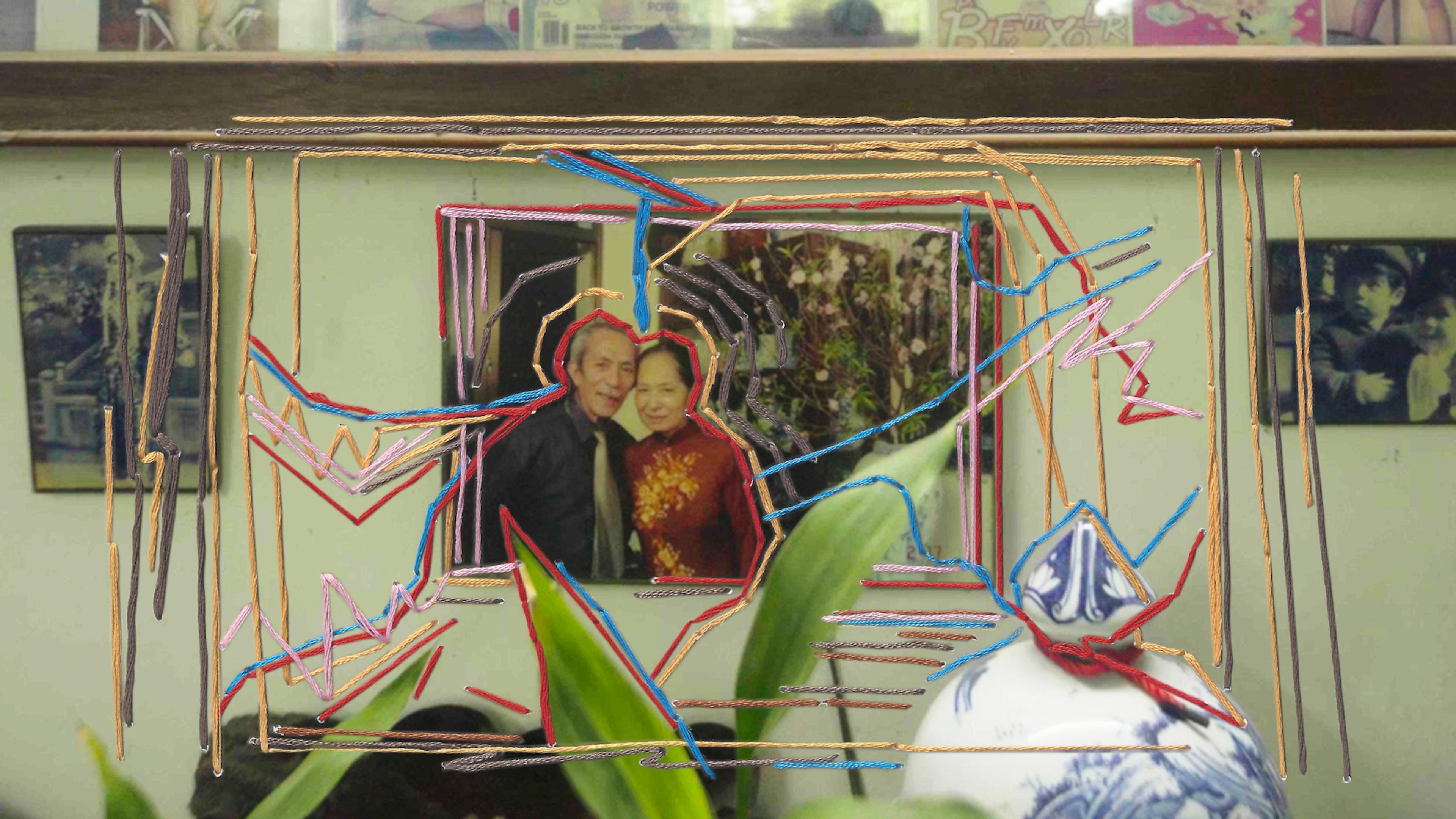Aeon Video has a monthly newsletter!
Get curated editors’ picks, peeks behind the scenes, film recommendations and more.
What wrapping a rope around the Earth reveals about the limits of human intuition
If you tied a rope tight around the Earth’s equator and then added a single yard of slack, would the extra material make any noticeable difference to someone standing on the ground? Yes, actually. The answer comes as a surprise to most people, but the additional bit of rope raises it high enough off the ground for our eyes to easily discern it, and our feet to easily trip over. That fact might seem trivial, but the early 20th-century philosopher Ludwig Wittgenstein believed that this chasm between human intuition and physical reality revealed something important about the fallibility of our thinking. After all, if something that seems obvious to almost everyone can be totally false, what else might we be wrong about? This video from the Center for Public Philosophy at the University of California, Santa Cruz breaks down the mathematics behind Wittgenstein’s knotty example, and asks whether it should make us all feel a bit less certain about even our most deeply held beliefs.

video
Knowledge
Why David Deutsch believes good explanations are the antidote to bad philosophy
10 minutes

video
Childhood and adolescence
‘Do worms cry?’ – and other questions collected from the mind of a curious child
4 minutes

video
Social psychology
What happened when a crypto scam swept over a sleepy town in the Caucasus
18 minutes

video
Values and beliefs
Why a single tree, uprooted in a typhoon, means so much to one man in Hanoi
7 minutes

video
Meaning and the good life
Leading 1950s thinkers on the search for happiness in trying times
29 minutes

video
Virtues and vices
Why Jean-Jacques Rousseau and Adam Smith were divided on the virtues of vanity
5 minutes

video
Childhood and adolescence
The police camp where tween girls enter a sisterhood of law and order
28 minutes

video
Knowledge
Why it takes more than a lifetime to truly understand a single meadow
11 minutes

video
Bioethics
Is it ethical to have a second child so that your first might live?
10 minutes